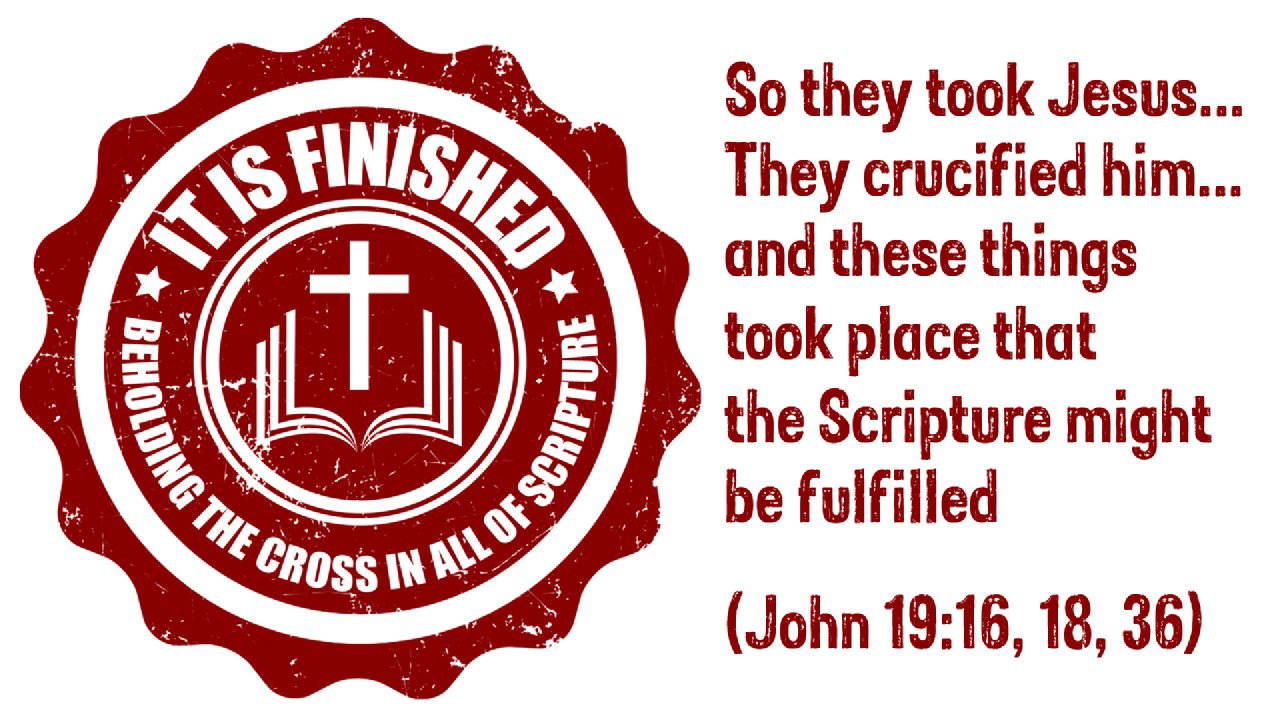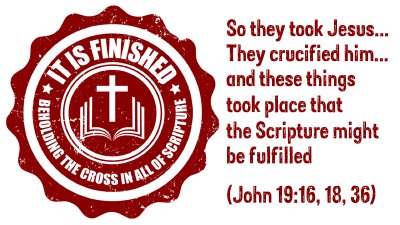At the center . . . of the center . . . of the center . . . of the law of Moses, we do not find law but gospel. What is the good news in the middle of the law of Moses? It is the promise in Leviticus 16:20–22 that your sins will be taken away. And this Sunday we will be looking at the Day of Atonement which holds forth the promise of this good news.
As we continue our series on the cross, we will look at the Leviticus 16. In this chapter, the Day of Atonement, which is the center piece of Israel’s religion, is revealed. And more than that, the center of our hope in Christ's finished work on the cross is also revealed in the Day of Atonement.
To prepare for Sunday, read Leviticus 16, as well as Hebrews 9. Together, these two chapters help us understand what Jesus accomplished on the cross and how God’s chief design for the law is the removal of all our sin, so that we can enter his presence through the priestly ministry of Christ.
I look forward to seeing you Sunday and to marveling with you at God’s grace in bringing sinners like us into holy presence.
For His Glory and your joy,
Pastor David
-----------------------------------------------------------------------------------------
Discussion and Response Questions for Leviticus 16
1. Before Sunday, how has the Day of Atonement played a role in your understanding of Christ’s cross?
2. What is something you learned from Leviticus 16 that enriched your understanding or increased your thanksgiving?
3. Where is Leviticus 16 located in the Law of Moses and the book of Leviticus? How does seeing the structure of the Pentateuch (Genesis–Deuteronomy) and the structure of Leviticus help you see the good news of the Law? Cf. 1 Timothy 1:8–11.
4. Why does the Lord begin with a reference to Nadab and Abide (see Lev. 10) ? What did they do? And what does this teach us about approaching God?
5. What role does the priest play in the Day of Atonement? How is Aaronic priest similar and different to Jesus? What do we learn about Christ’s death from the priestly actions?
6. What are the two movements in the Day of Atonement? (Hint: They are associated with the two sacrifices) What does this teach us about Christ’s cross?
7. What is the relationship between the Day of Atonement and the rest of the sacrificial system? How does that whole system relate to Christ?
8. How does reading Leviticus with Hebrews help us understand the Day of Atonement? How does the Day of Atonement enlarge our view of Christ’s work on the cross and its cosmic implications?
9. What other reflections or questions remain? How will the Day of Atonement help you read the New Testament going forward?
4. The Day of Atonement (Leviticus 16)
October 3, 2021 • David Schrock • Leviticus 16, Hebrews 9:23–28
More from
It is Finished




